
The history of the European Union is full of exciting and interesting facts. Today I want to take you on a journey back in history to follow shortly the milestones of the European Union. Who are the founders? What was their idea? Free market, Berlin Wall, the Euro as a currency and more interesting subject. Without further ado let’s begin!
br>
br>
br>
br>
- 1 Founders Of The European Union
- 2 History of the European Union 1945 – 1959
- 3 History of the European Union 1960 – 1969
- 4 History of the European Union 1970 – 1979
- 5 History of the European Union 1980 – 1989
- 6 History of the European Union 1990 – 1999
- 7 History of the European Union 2000 – 2009
- 8 History of the European Union 2010 – today
- 9 The Euro (currency)
- 10 Purpose of the euro
- 11 Managing the euro
- 12 The Economic and Financial Crisis
Founders Of The European Union
br>
The following visionary leaders inspired the creation of the European Union we live in today. Without their energy and motivation we would not be living in the climate of peace and stability that we take for granted nowadays. From resistance fighters to lawyers, the Founding Fathers were a diverse group of people who held the same ideals: a peaceful, united and prosperous Europe.
br>
br>
Beyond the Founding Fathers described below, many others have worked tirelessly towards, and inspired, the European project. This section on the Founding Fathers is therefore a work in progress.
br>
br>
br>
br>
History of the European Union 1945 – 1959
br>
A peaceful Europe – the beginnings of cooperation
br>
The European Union is set up with the aim of ending the frequent and bloody wars between neighbours, which culminated in the Second World War. As of 1950, the European Coal and Steel Community begins to unite European countries economically and politically in order to secure lasting peace. The six founding countries are Belgium, France, Germany, Italy, Luxembourg and the Netherlands. The 1950s are dominated by a cold war between east and west.
br>
The historical roots of the European Union lie in the Second World War. Europeans are determined to prevent such killing and destruction from ever happening again. Soon after the war, Europe is split into East and West as the 40-year-long Cold War begins. West European nations create the Council of Europe in 1949. It is a first step towards cooperation between them, but six countries want to go further.
br>
br>
History of the European Union 1960 – 1969
br>
A period of economic growth
br>
The 1960s is a good period for the economy, helped by the fact that EU countries stop charging custom duties when they trade with each other. They also agree joint control over food production, so that everybody now has enough to eat – and soon there is even surplus agricultural produce. May 1968 becomes famous for student riots in Paris, and many changes in society and behaviour become associated with the so-called ‘68 generation’.
br>
In August 1961, the communist authorities in East Germany build a wall across Berlin to prevent their citizens from escaping to a freer life in the West. A few people still escape; others are shot by guards in the attempt. br> br>
br>
br>
History of the European Union 1970 – 1979
br>
A growing Community – the first enlargement
br>
Denmark, Ireland and the United Kingdom join the European Union on 1 January 1973, raising the number of Member States to nine. The short, yet brutal, Arab-Israeli war of October 1973 results in an energy crisis and economic problems in Europe. The last right-wing dictatorships in Europe come to an end with the overthrow of the Salazar regime in Portugal in 1974 and the death of General Franco of Spain in 1975.
br>
The EU regional policy starts to transfer huge sums of money to create jobs and infrastructure in poorer areas. The European Parliament increases its influence in EU affairs and in 1979 all citizens can, for the first time, elect their members directly. The fight against pollution intensifies in the 1970s. The EU adopts laws to protect the environment, introducing the notion of ‘the polluter pays’ for the first time.
br>
The EU’s first plan for a single currency dates from 1970. To maintain monetary stability, EU members decide to allow their currencies to fluctuate against each other only within narrow limits. This exchange rate mechanism (ERM), created in 1972, is a first step towards the introduction of the euro, 30 years later.
br>
br>
History of the European Union 1980 – 1989
br>
The changing face of Europe – the fall of the Berlin Wall
br>
The Polish trade union, Solidarność, and its leader Lech Walesa, become household names across Europe and the world following the Gdansk shipyard strikes in the summer of 1980. In 1981, Greece becomes the 10th member of the EU, and Spain and Portugal follow five years later. In 1986 the Single European Act is signed.
br>
This is a treaty which provides the basis for a vast six-year programme aimed at sorting out the problems with the free flow of trade across EU borders and thus creates the ‘Single Market’. There is major political upheaval when, on 9 November 1989, the Berlin Wall is pulled down and the border between East and West Germany is opened for the first time in 28 years. This leads to the reunification of Germany, when both East and West Germany are united in October 1990.
br>
br>
br>
br>
History of the European Union 1990 – 1999
br>
A Europe without frontiers
br>
With the collapse of communism across central and eastern Europe, Europeans become closer neighbours. In 1993 the Single Market is completed with the ‘four freedoms’ of: movement of goods, services, people and money. The 1990s is also the decade of two treaties: the ‘Maastricht’ Treaty on European Union in 1993 and the Treaty of Amsterdam in 1999. People are concerned about how to protect the environment and also how Europeans can act together when it comes to security and defense matters. br> br>
br> br>
In 1995 the EU gains three more new members: Austria, Finland and Sweden. A small village in Luxembourg gives its name to the ‘Schengen’ agreements that gradually allow people to travel without having their passports checked at the borders. Millions of young people study in other countries with EU support. Communication is made easier as more and more people start using mobile phones and the internet.
In 1992 the Treaty on European Union is signed in Maastricht in the Netherlands. It is a major EU milestone, setting clear rules for the future single currency as well as for foreign and security policy and closer cooperation in justice and home affairs. Under the treaty, the name ‘European Union’ officially replaces ‘European Community’.
br>
br>
History of the European Union 2000 – 2009
br>
Further expansion
br>
The euro is now the new currency for many Europeans. During the decade more and more countries adopt the euro. 11 September 2001 becomes synonymous with the ‘War on Terror’ after hijacked airliners are flown into buildings in New York and Washington. EU countries begin to work much more closely together to fight crime.
br>
The political divisions between east and west Europe are finally declared healed when no fewer than 10 new countries join the EU in 2004, followed by Bulgaria and Romania in 2007. A financial crisis hits the global economy in September 2008. The Treaty of Lisbon is ratified by all EU countries before entering into force in 2009. It provides the EU with modern institutions and more efficient working methods.
br>
On January 1st 2002 Euro notes and coins become the legal currency in 12 EU countries. Printing, minting and distributing them is a major logistical operation. More than 80 billion coins are involved. Notes are the same for all countries. Coins have one common face, giving the value, while the other carries a national emblem. All circulate freely. Using Finnish (or any other) euro coin to buy a Madrid metro ticket is something we soon take for granted.
br> br>
History of the European Union 2010 – today
br>
A challenging decade
br>
The global economic crisis strikes hard in Europe. The EU helps several countries to confront their difficulties and establishes the ‘Banking Union’ to ensure safer and more reliable banks. In 2012, the European Union is awarded the Nobel Peace Prize. Croatia becomes the 28th member of the EU in 2013. Climate change is still high on the agenda and leaders agree to reduce harmful emissions. European elections are held in 2014 and more Eurosceptics (Euroscepticism (also known as EU-scepticism or anti-EUism) is criticism of, or opposition to, the European Union (EU). Traditionally, the main source of Euroscepticism has been the notion that integration weakens the nation state, and a desire to slow, halt or reverse integration within the EU.) are elected into the European Parliament.
br>
A new security policy is established in the wake of the annexation of Crimea by Russia. Religious extremism increases in the Middle East and various countries and regions around the world, leading to unrest and wars which result in many people fleeing their homes and seeking refuge in Europe. The EU is not only faced with the dilemma of how to take care of them, but also finds itself the target of several terrorist attacks. br> br>
br> br>
The Euro (currency)
br>
The euro is the most tangible proof of European integration – the common currency in 19 out of 28 EU countries and used by some 338.6 million people every day. The benefits of the common currency are immediately obvious to anyone travelling abroad or shopping online on websites based in another EU country. br> br>
EU monetary cooperation
br>
The Economic and Monetary Union involves the coordination of economic and fiscal policies, a common monetary policy and the euro as the common currency. The euro was launched on 1 January 1999 as a virtual currency for cash-less payments and accounting purposes. Banknotes and coins were introduced on 1 January 2002. br> br>
Take a look at euro banknotes and coins.
br> br>
Which countries use the euro?
The euro (€) is the official currency of 19 out of 28 EU member countries. These countries are collectively known as the Eurozone.
Eurozone countries
- Austria
- Belgium
- Cyprus
- Estonia
- Finland
- France
- Germany
- Greece
- Ireland
- Italy
- Latvia
- Lithuania
- Luxembourg
- Malta
- the Netherlands
- Portugal
- Slovakia
- Slovenia
- Spain
Non-eurozone countries
- Bulgaria
- Croatia
- Czech Republic
- Hungary
- Poland
- Romania
- Sweden
Countries with an opt-out
- Denmark
- United Kingdom
Purpose of the euro
A single currency offers many advantages, such as eliminating fluctuating exchange rates and exchange costs. Because it is easier for companies to conduct cross-border trade and the economy is more stable, the economy grows and consumers have more choice. A common currency also encourages people to travel and shop in other countries. At global level, the euro gives the EU more clout, as it is the second most important international currency after the US dollar. br> br>
Managing the euro
br>
The independent European Central Bank is in charge of monetary issues in the EU. Its main goal is to maintain price stability. The ECB also sets a number of key interest rates for the euro area. Although taxes are still levied by EU countries and each country decides upon its own budget, national governments have devised common rules on public finances to be able to coordinate their activities for stability, growth and employment. br> br>
The Economic and Financial Crisis
br>
The economic crisis has prompted intense and sustained action by the EU’s national governments, the European Central Bank and the Commission since it erupted worldwide in 2008. All have been working closely together to support growth and employment, protect savings, maintain a flow of affordable credit for businesses and households, ensure financial stability, and put in place a better governance system for the future. br> br>
br> br>

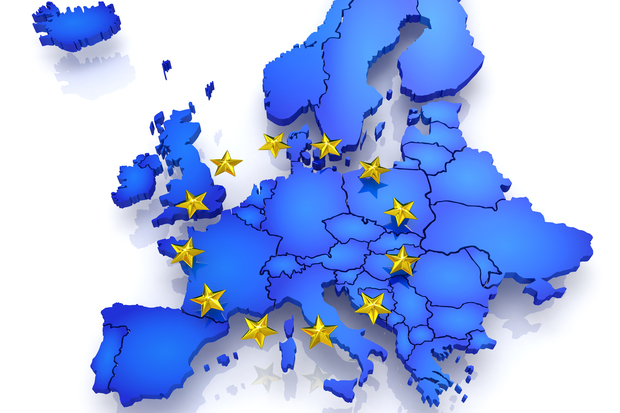


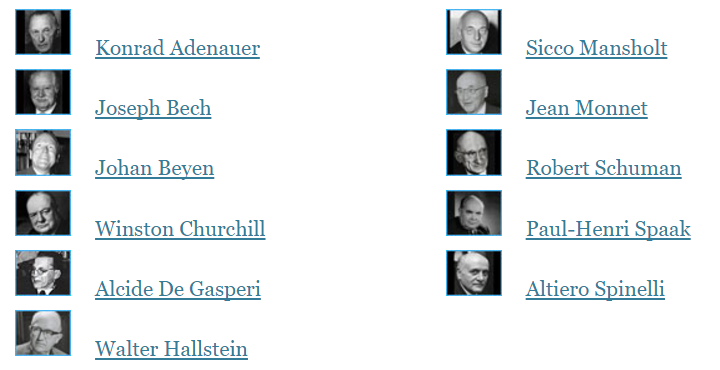
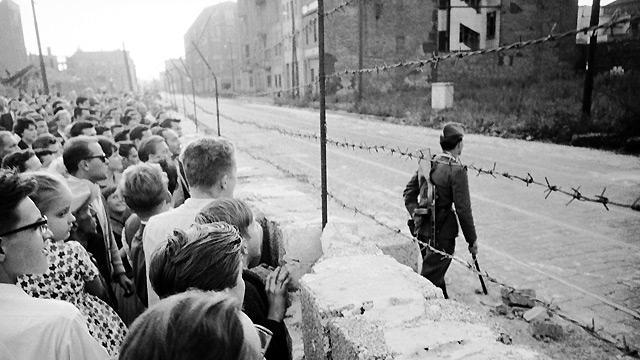




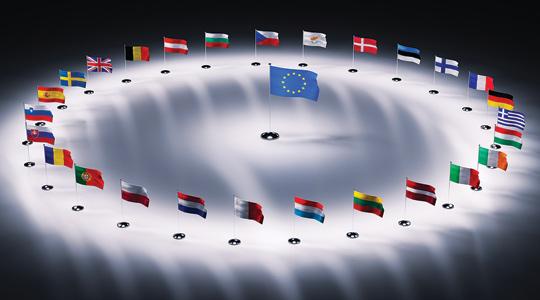
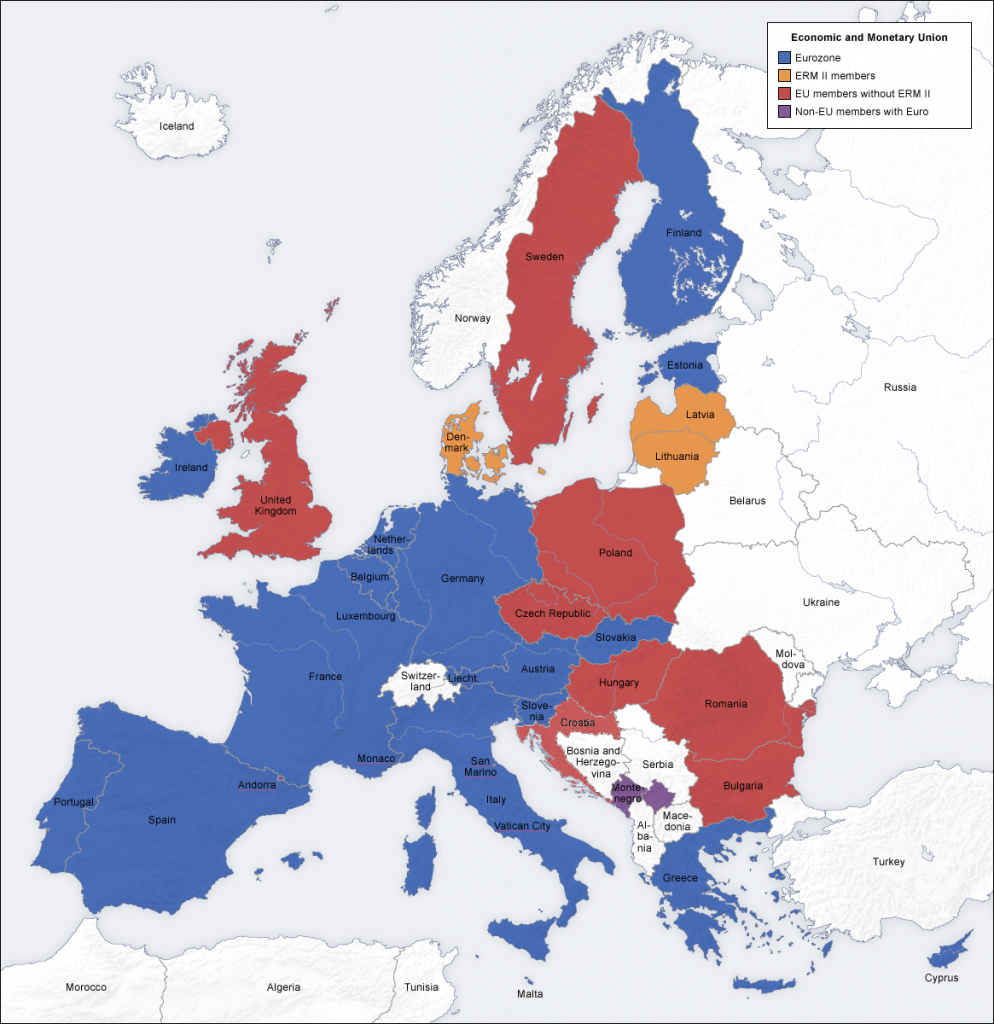




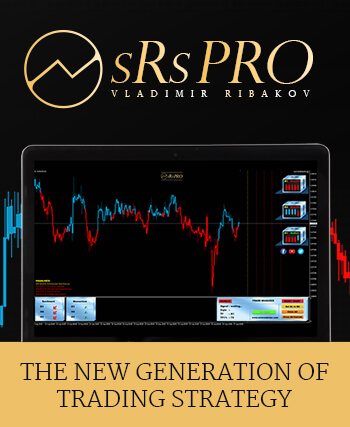








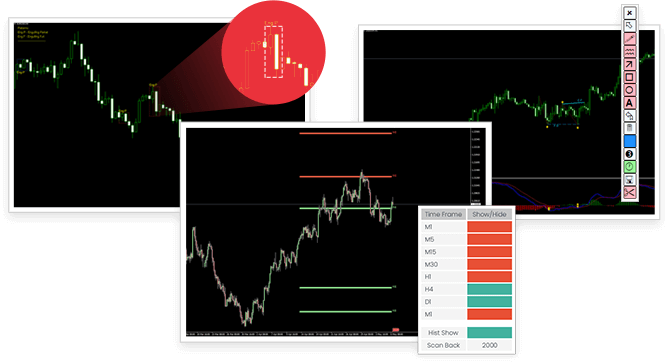
Norway is NOT a part of the European Union dimwit.
1- Keep your language and show some respect
2- Norway wasn’t mentioned anywhere in the article.
3- You have something to say? Find the right way to do it